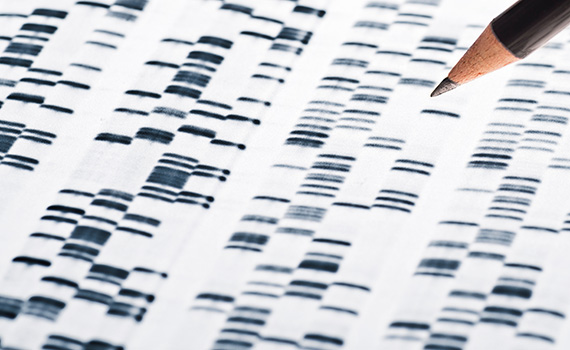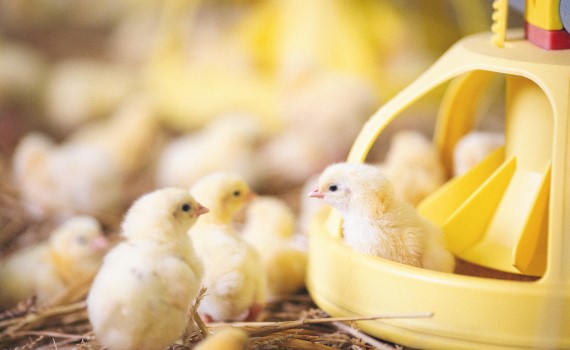Poultry industry can learn from COVID-19
Biosecurity is not sufficient to control avian coronaviruses like infectious bronchitis in commercial poultry, no matter how good it is, said Mark Jackwood, PhD, a molecular virologist and professor of avian medicine at the University of Georgia.
“It takes a combination of vaccination as well as biosecurity in order to effectively control the disease,” he told Poultry Health Today.
The same is holding true for COVID-19 in people, he said. It became evident that wearing masks and practicing social distancing was not enough.
“The virus continued to spread. And then, when we started to vaccinate, we saw the number of cases go down,” he added.
Seasonal variants
Jackwood said COVID-19 is becoming more like flu, with seasonal variants that pop up. Humans will likely need to get a COVID shot along with a flu shot in the foreseeable future.
Researchers are working on a universal coronavirus vaccine for people, just as they are for poultry, but that technology is yet to come to market.
“A universal vaccine against the avian coronaviruses would be outstanding if we could make it work,” Jackwood said. “We’ve tried several different approaches, but based on our findings, we haven’t been able to get a universal vaccine. It’s going to take some new technology.”
Perhaps the messenger RNA vaccines may be a route for poultry, if they become more economically feasible and researchers can identify a way to deliver them, Jackwood pointed out.
Vaccine potential for chickens
Jackwood was surprised at the effectiveness of the messenger RNA vaccines.
“We tried using nucleic-acid vaccines in poultry, and we got partial protection when we did those experiments, but the results were not nearly as good as the protection that we see with the messenger RNA vaccines in humans. I’m very thankful that they actually did work as well as they did — that’s great for us.”
It’s also easier to make modifications to the vaccine and make new batches with the platform used for RNA vaccines, he explained. Gearing up takes some time, but researchers can respond fairly quickly to new variants with messenger RNA vaccines.
“The downside for poultry at this point is that those vaccines need to be injected, and they need to be injected more than one time. As you’ve seen, most of the folks that are fully vaccinated have gotten two doses plus a booster. If we’re going to have to inject all our chickens three times, that’s just not going to work with a coronavirus vaccine,” Jackwood said.
On the flipside, he’s hopeful technology will eventually be brought to bear on these vaccines in the poultry industry, where birds can be mass-vaccinated using messenger RNAs, and provide good protection against the avian coronaviruses in birds.
Posted on June 9, 2022
 We’re glad you’re enjoying
We’re glad you’re enjoying














